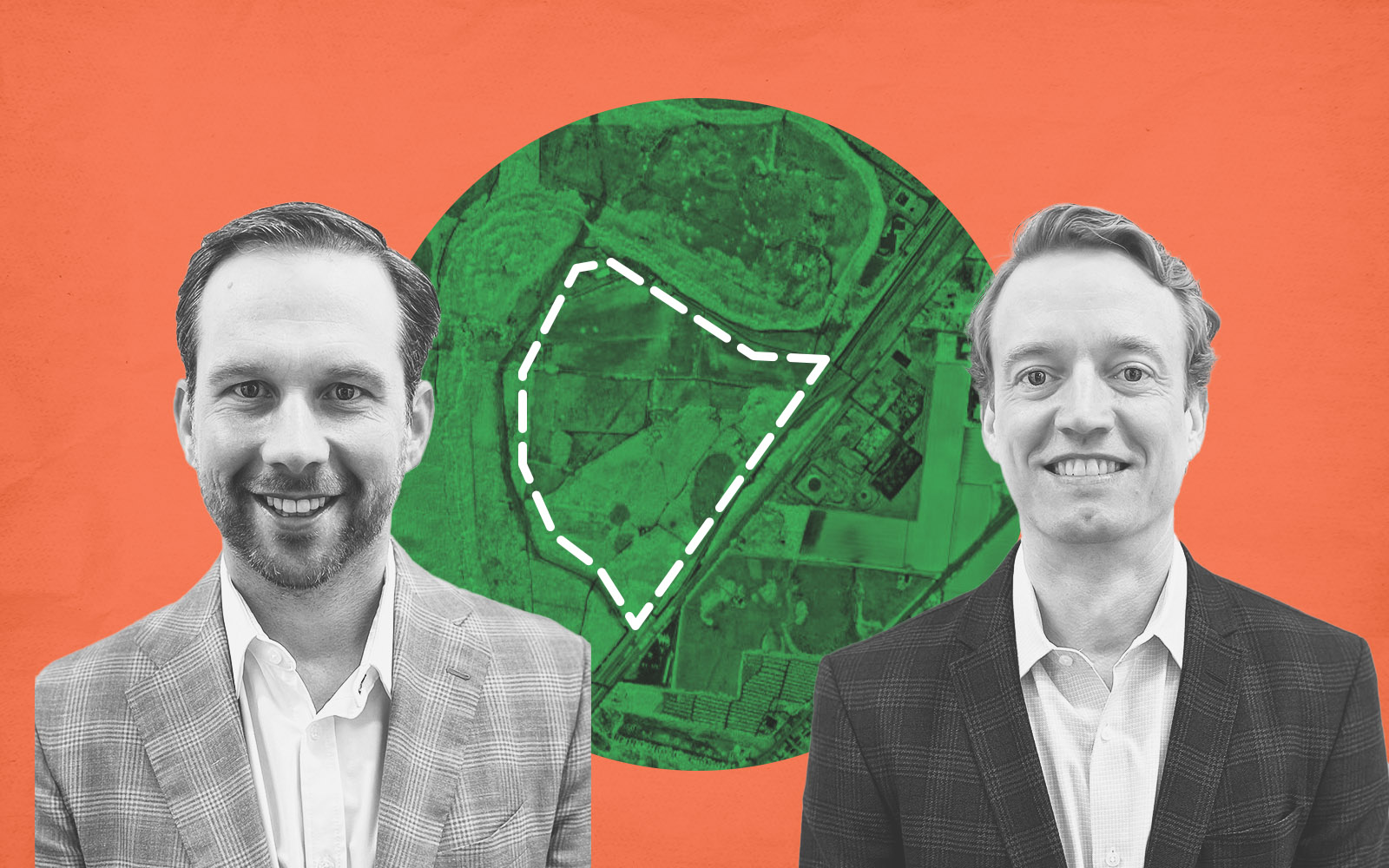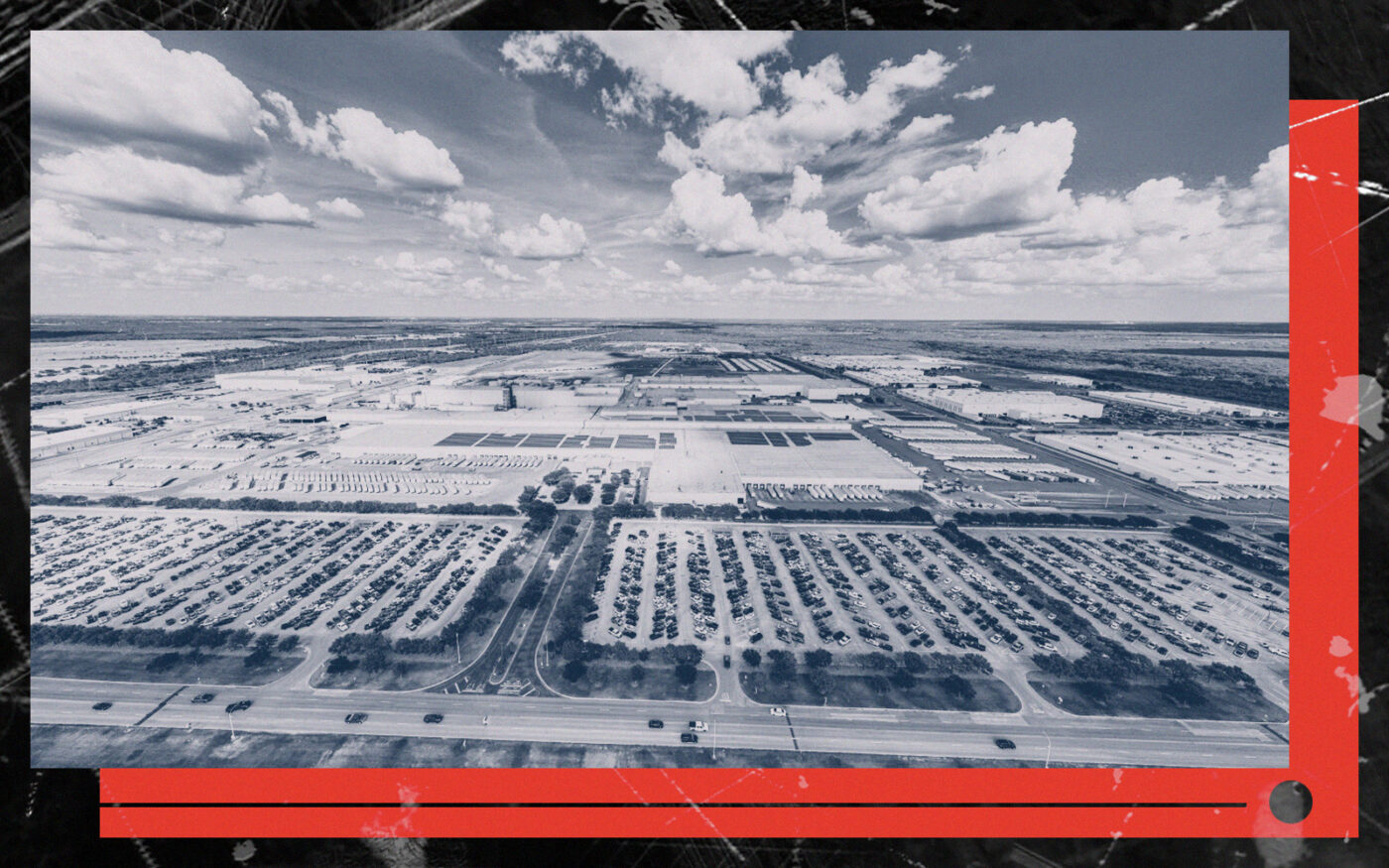San Antonio’s efforts to establish a development buffer around the Toyota manufacturing plant have been stopped in their tracks amid pushback from local residents and zoning officials.
The Zoning Commission voted to delay recommending the creation of an “industrial compatibility overlay district” designed to protect heavy industrial areas by restricting residential and commercial developments that could interfere with operations, the San Antonio Business Journal reported.
The initial plan for the overlay is limited to a 2-mile radius around the Toyota Motors Manufacturing plant on the city’s South Side. However, the plan includes provisions to allow existing residential properties to be repaired or expanded. Exceptions also expand to vacant properties, enabling some non-industrial uses.
The city sent a notification, as required by state law, to over 13,000 South Side residents, warning that they might lose the right to use their property as they currently do. The notice spurred a significant turnout at the commission’s meeting, at which residents called out the lack of clarity and transparency in the city’s process. Many argued that the overlay would limit their ability to utilize their property fully.
Residents also drew parallels to the “Starbright Agreement” from 2003, which established a 3-mile development buffer around the Toyota plant. A recent surge in South Side development has prompted questions about the legality of such residential restrictions.
Fermin Rajunov, a South Side landowner, sued the city and Toyota late last year, because of his blocked attempts to develop affordable housing on his property.
“Housing and rental prices are at an all time high in our great city, and today the South Side is one of the few places where residents can still afford to buy and rent, and yet we’re here today to discuss locking this up,” Rajunov said at the meeting.
Rajunov criticized the proposed buffer as favoring Toyota over residents and questioned the transparency of the city’s process, noting a lack of prior public hearings and consultations.
The push for the buffer comes amid Toyota’s potential $530 million expansion of its San Antonio facility. City officials argue that the buffer is essential to protect current and future residents from issues like traffic congestion and noise. The buffer is a proactive measure to ensure compatible land use and zoning transitions, said assistant planning director Rudy Niño.
The commission recommended that the city hold more public sessions to improve transparency and communication.
—Quinn Donoghue
Read more



